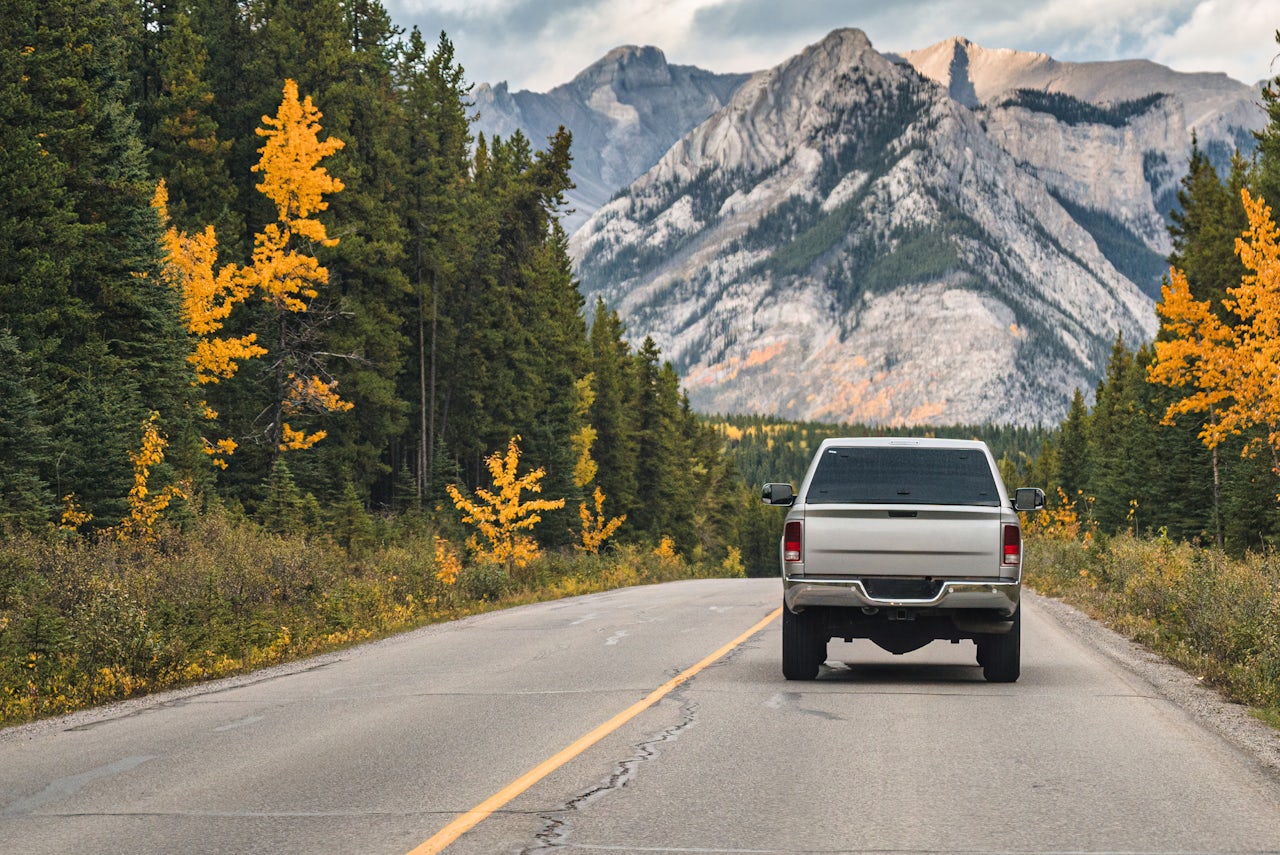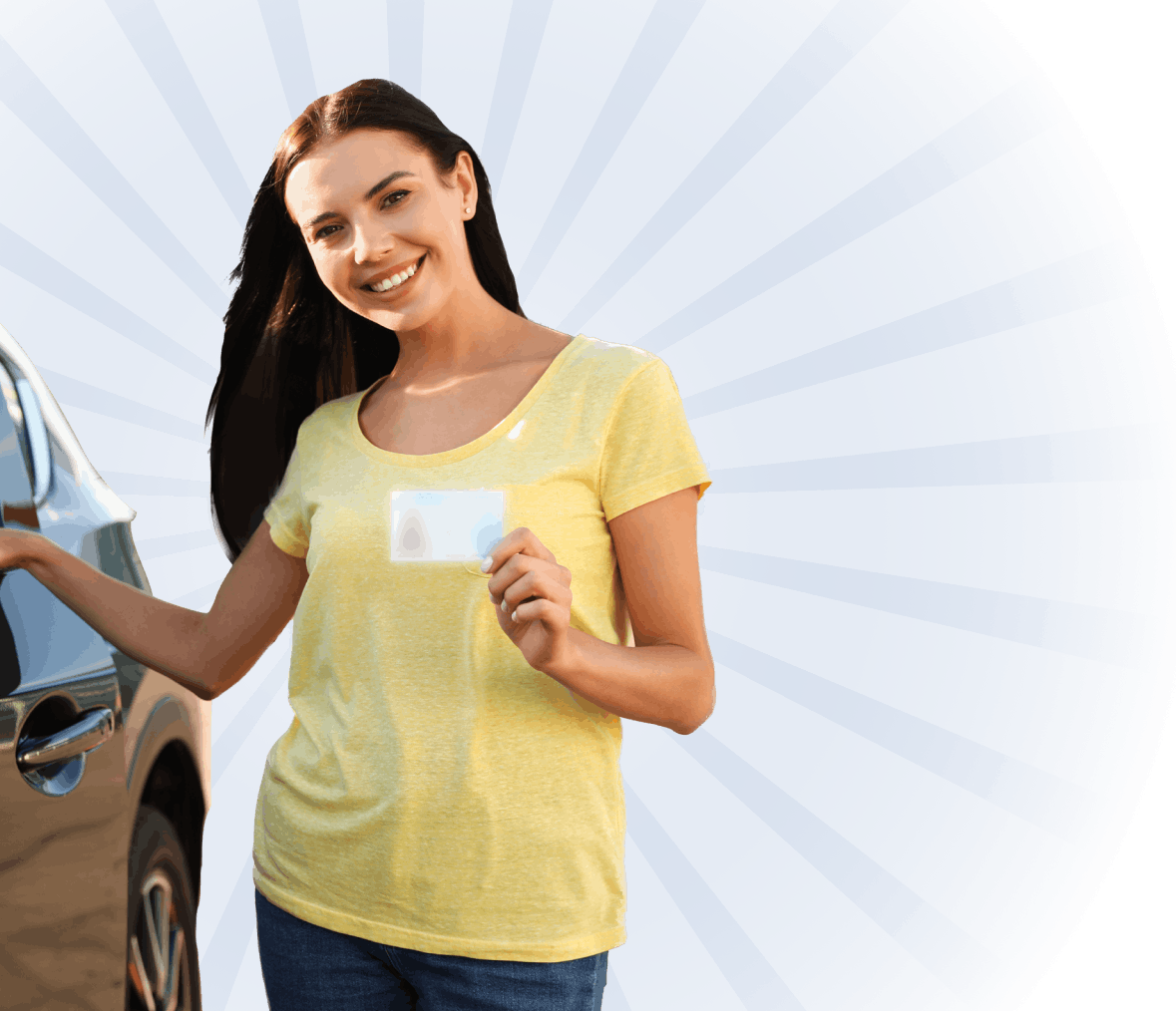
How to Pass the California Driving Test: A Quick Guide
What is the California Driving Test?
The California DPE (or Driver’s Performance Evaluation) is a 20-minute practical driving test given to drivers before a license is issued to them. During the exam, you will drive on the road and demonstrate various safe driving methods for your examiner. The purpose of the road test is to make sure you know how to practice safe driving in real-life situations.
ALL driving tests in California use a standardized score sheet, which you can find here. It is a blueprint for what you will be tested on.
- Making turns
- Stopping at controlled/uncontrolled intersections
- Lane changing
- Driving on in generic traffic (if relevant, also driving on the freeway)
- Backing up in a straight line
You should also have a general understanding of the anatomy of your car. You will be asked to locate essential mechanisms of the car, such as headlights, defrosters, parking brakes, and windshield wipers.
We teach safe and confident drivers for life
- Meets all DMV requirements
- Free pick-up and drop-off near you
- Personalized lessons for teens, adults, and seniors
- Modern cars with all the safety features

Automatic Fails on the Driving Test in California
Your examiner will keep track of any mistakes you make during the driving test. Don’t sweat it if you see them make a mark on your scoresheet. You can miss up to 15 points before you fail.
However, there are some things that will result in an automatic fail. In general, this refers to actions that could cause a fatal crash or force the examiner to intervene. Here are the most common reasons for automatic fails:
- Unsafe Lane Changes. If you do not use your mirrors or check your blind spot, you could cause a crash. If you don’t check your blind spot, you’re out.
- Failure to Yield. If you do not know when to make safe turns, stop, or give pedestrians and emergency vehicles the right of way, you are a road hazard.
- Illegal Turns. Turning when you are not supposed to leads to road risks. Your examiner will not pass you in good conscience.
- Lack of Attention to Surroundings. If you check your phone, miss critical safety road signs, or if you have tunnel vision while you drive, you will need to take your exam again.
- Rolling Stops. You should always come to a full stop at red lights, stop signs, and other road situations. A rolling stop (where you keep creeping forward at a stop) will fail you on the spot.
Requirements Before You Can Take the Road Test if You’re Under 18
If you are under 18, you have extra criteria to prepare you for the road test. You will need:
- To hold your instruction permit for at least six months.
- To complete six hours of behind-the-wheel training with a professional driving instructor.
- Complete fifty hours of driving practice, 10 of which must be at night. An adult 25 years or older with their own license has to verify that you practiced under their supervision.
Vehicle Checklist
You will need to provide your own vehicle and vehicle proof of insurance that lists you as the insured driver. If the vehicle is deemed unsafe to drive, you will have to reschedule your road test (you can find the full pre-driving checklist here).
It must have:
- Two license plates, one w/ registration.
- Functioning turn signals and brake lights.
- A working horn.
- Tires with no bald spots and at least 1/32 tread.
- Working brakes and proper brake pressure (you will be asked to press the brake pedal).
- A driver’s side window that rolls down.
- A windshield that allows a full unobstructed field of view for you and the examiner.
- Two rear view mirrors. One must be on the left, outside of the vehicle.
- Driver and front passenger doors that open from both the inside and outside.
- A securely closed glove box.
- A passenger seat permanently attached to the vehicle.
- Working seat belts.
- Working emergency/parking brake.
If you use a rental car, you have to have papers that state you are allowed to use it for the driver’s test, and it has to be insured under your name. Before the test, the examiner will check for these items to ensure your vehicle meets the DMV’s safety standards.
What is the Difference Between the DPE, SDPE, and ADPE Driving Tests?
The DPE (Driver’s Performance Examination) is the standard driving test that everyone takes when they first get their license. Unless you have a condition that can impair your driving, this will be the test you can expect to take.
The SDPE (Supplemental Driver’s Performance Evaluation) is given to those with physical, mental, or other disabilities that might impede their ability to drive normally and consists of extra conditions. For example, you will be tested on your ability to drive while distracted by conversation. You might also be asked to reach a destination without help or instruction by your examiner.
The ADPE is similar to the SDPE, but it is only applicable to certain areas and regions. The driver’s license issued through this test only applies to the areas in which you were tested. This allows you to have limited mobility traveling in your neighborhood, commuting to work, or other tasks you might not need a full license for.
Some Schools Offer Mock Tests to Boost Your Confidence
If you want to go the extra mile and feel completely confident on your test, you can schedule a mock test with our trusted CA driving school partner, available in most California cities.

Avoid beginner mistakes with expert advice
Build road test confidence and reduce anxiety
Make at-home lessons a success with our parent guide
Recommended articles
Country
Ace your DMV test, guaranteed


